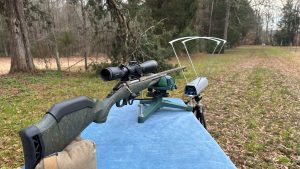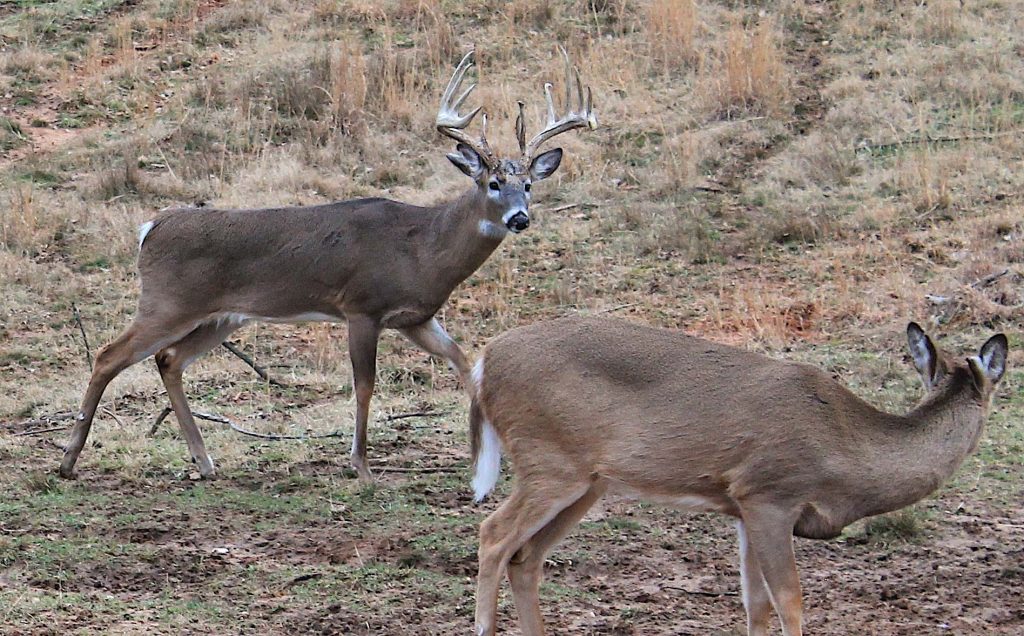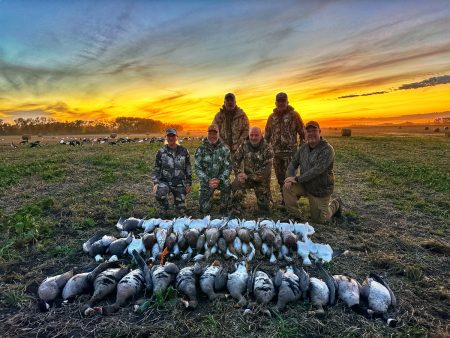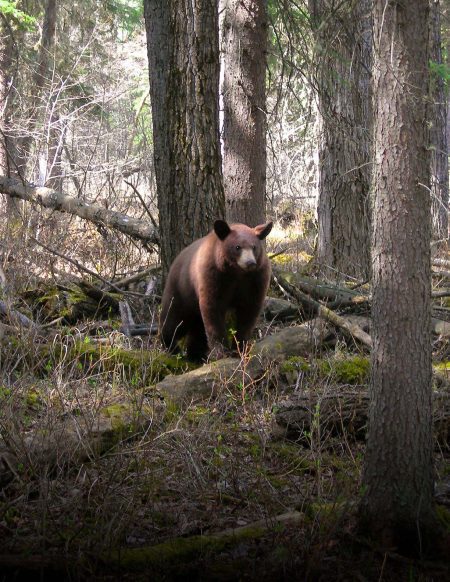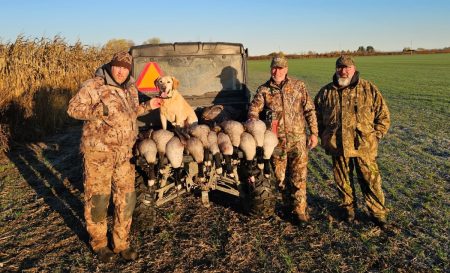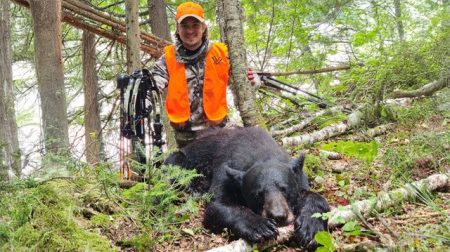A look at 30 famous whitetail counties and their claims to fame
Deer hunters have heard legendary stories about the likes of high-profile whitetail counties for decades. Places like Buffalo County, Wisconsin, Pike County, Illinois, and Warren County, Iowa, among others, are big-buck destinations hunters have hunted, or dreamed of hunting.
Obviously, some counties are incredibly famous for whitetails. Whether that’s for putting a lot of big bucks in the books, or putting especially famous bucks in the books, some county names are quite familiar to a lot of outdoorsmen. We call these the kingmaker counties.
Obtaining this reputation is no easy feat, though. To make the all-time Boone & Crockett (B&C) record book, whitetails must score at least 170 inches typical or 195 inches non-typical. Once the 60-day drying period is complete, and the deer in question meets or exceeds one of these thresholds, the buck qualifies for the record book. A county checking that box once is incredible. To do so dozens or even hundreds of times, is phenomenal.
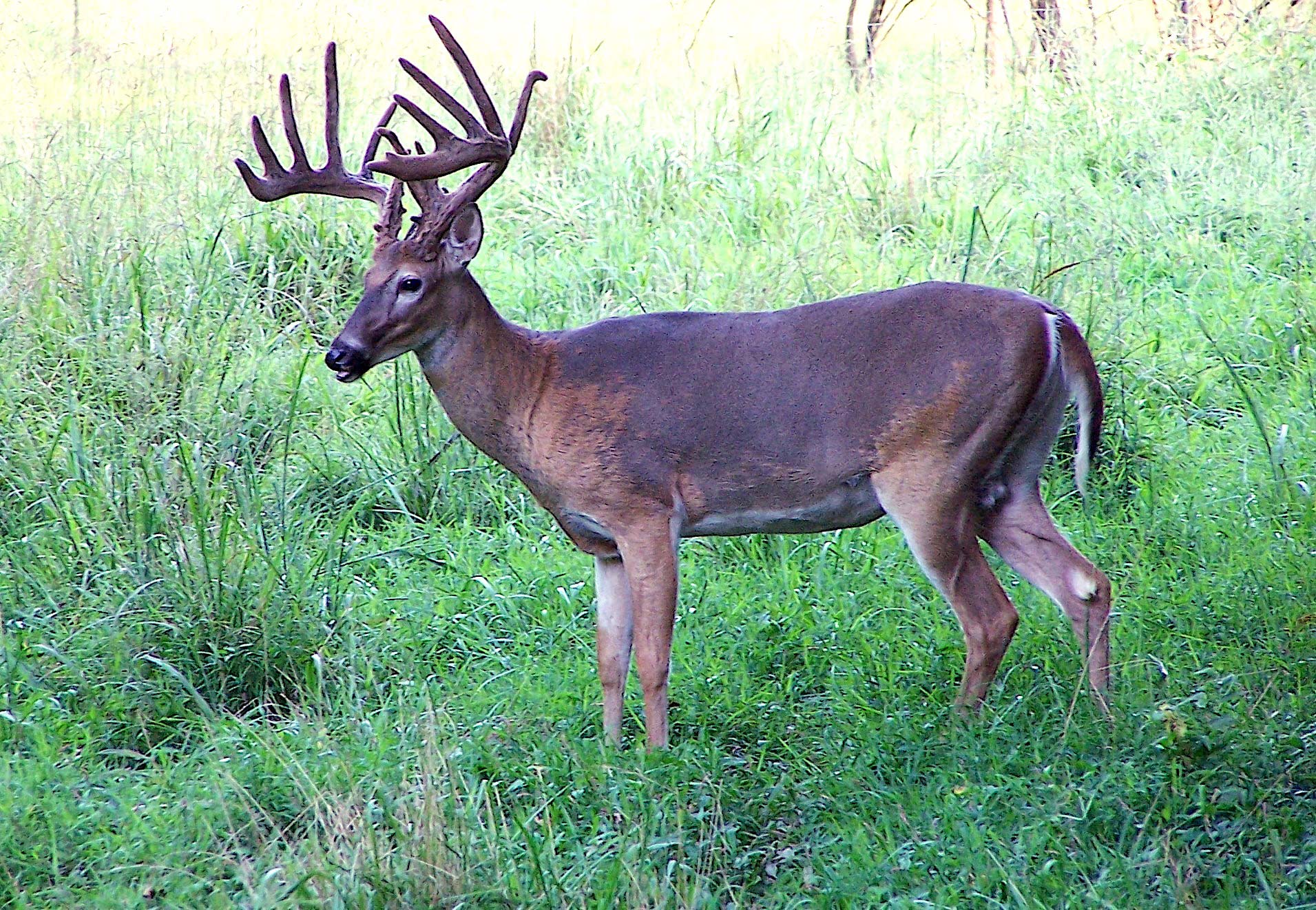
Counties Famous for Many Monster Bucks
Study the B&C record book and a lot of counties have a buck or two in it. A lot have five, 10, 20, or even 30 deer entered. Very few boast more than 50. Here are 20 counties with 50 or more B&C bucks in the book. Interestingly, all of these are found within five states, including Illinois, Iowa, Minnesota, Texas, and Wisconsin.
Wisconsin: Wisconsin has more 50-plus counties than any other state in the nation. Six counties hit or surpass that mark, including Sauk County (50), Polk County (55), Trempealeau County (59), Crawford County (60), Vernon County (61), and Buffalo County (159). Obviously, the Badger State is full of big deer. These aren’t all historical deer, either. A lot of these bucks have landed in the back of the truck in the past decade.
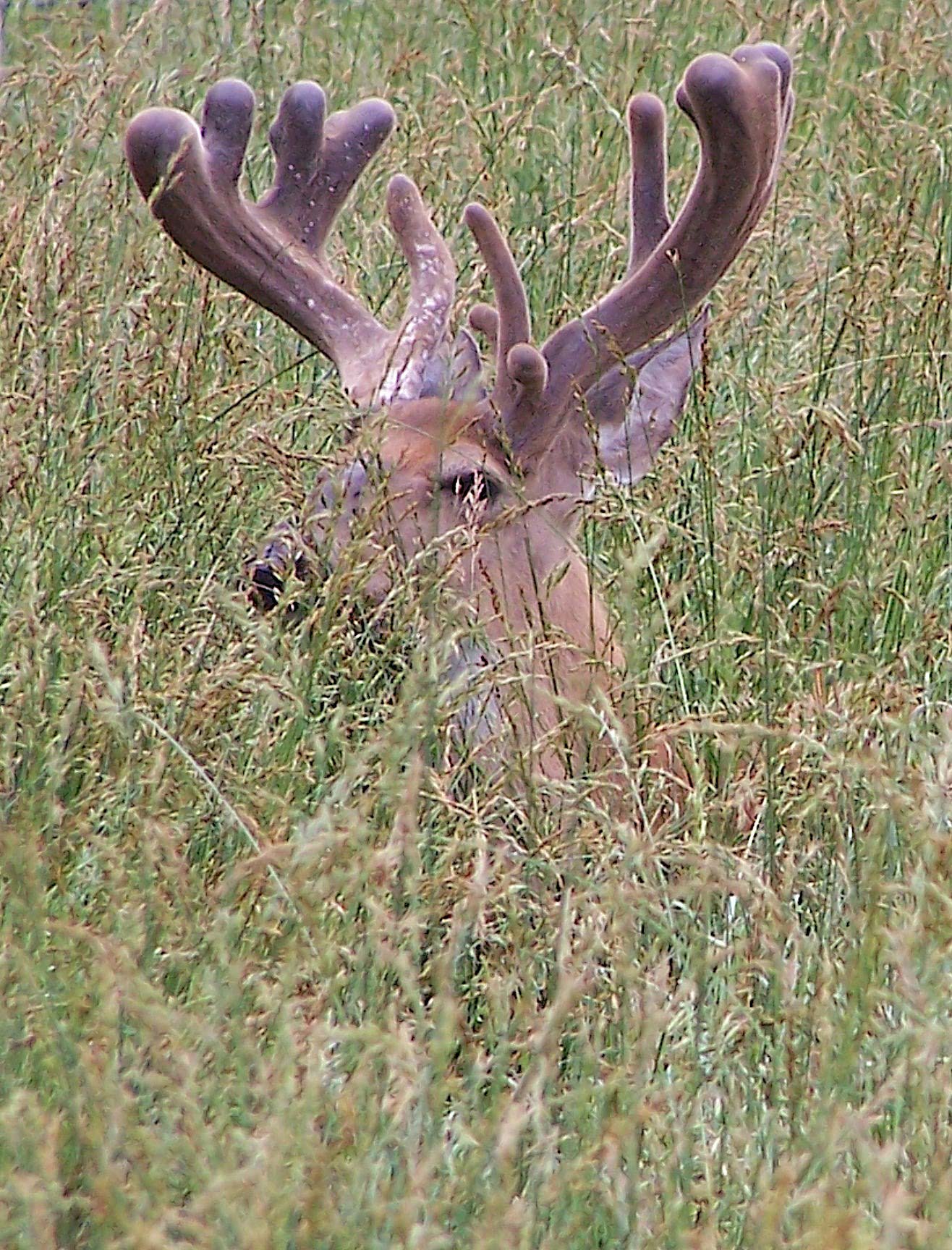
Illinois: The Land of Lincoln is one of the most popular whitetail destinations in the country. It has four counties with 50 or more entries. These include Joe Daviess County (51), Adams County (58), Pike County (58), and Fulton County (60). While Illinois is still a great state, its B&C production slowed down in the past decade.
Iowa: Arguably the most-desired state in the nation, Iowa produces a lot of record-class whitetails, including four counties with 50 or more. These include Clayton County (50), Richland County (55), Warren County (57), and Allamakee County (62).
Minnesota: Perhaps one of the best deer hunting states with the least press, Minnesota is a top-tier place. Four counties boast 50-plus booners, including Winona County (52), Houston County (58), Otter Tail County (71), and St. Louis County (104).
Texas: Not to be outdone, the Lone Star State is all about whitetails. It too has several top-shelf counties. These include Dimmit County (76), La Salle County (77), Webb County (92), and Maverick County (104).
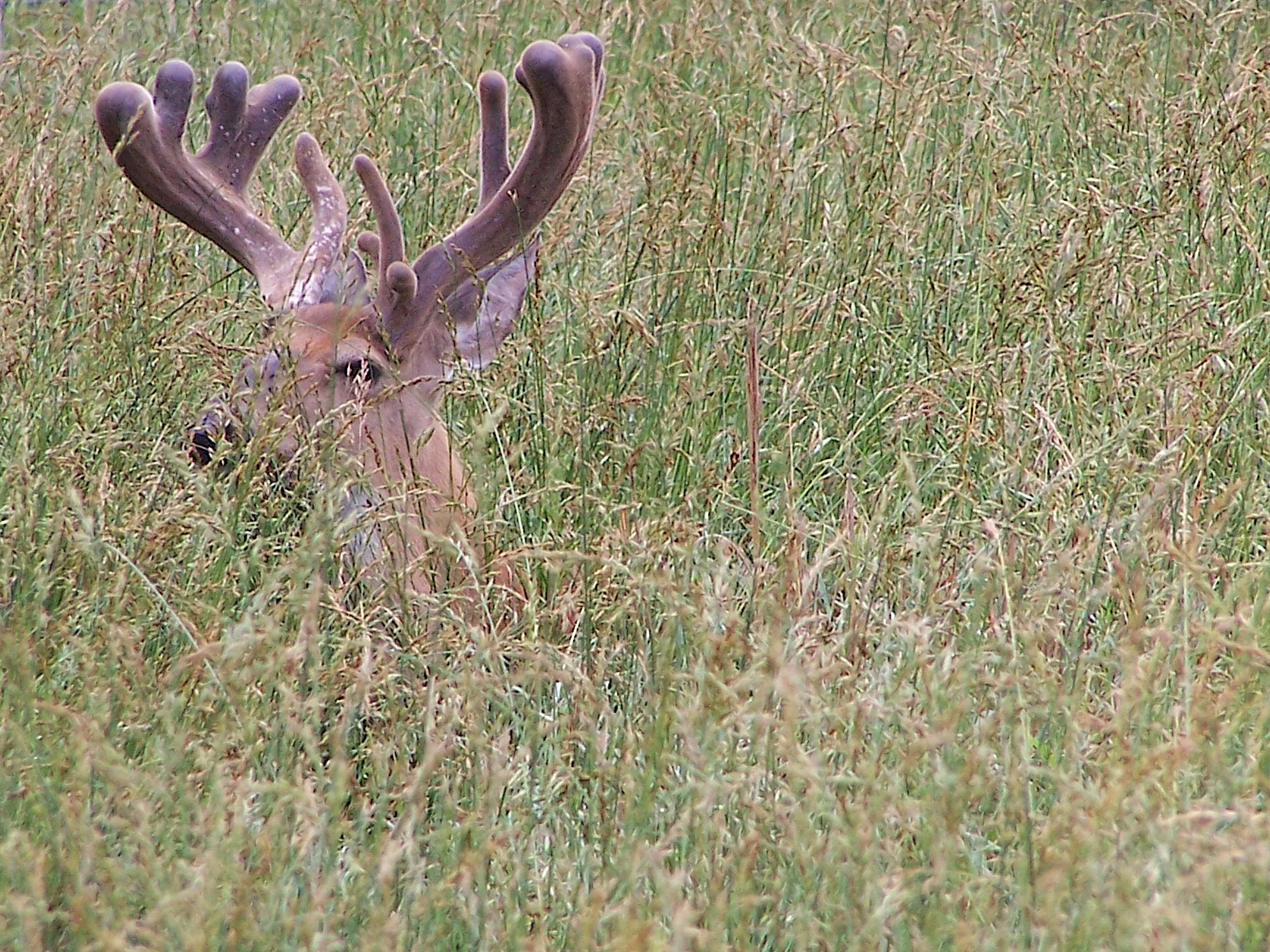
Counties Famous for Individual Record Bucks
While the above counties were known for producing a high number of record deer, others have big-buck reputations for other reasons. These are the counties that the top five typical and non-typical whitetails of all-time call home.
Biggar, Saskatchewan: The No. 1 typical whitetail was taken in Biggar, Saskatchewan, on November 23, 1993. The Milo Hanson buck scored 213 5/8 inches.
Decatur County, Indiana: The No. 2 typical whitetail was harvested in Decatur County, Indiana, on November 4, 2021. The Dustin Huff buck scored 211 4/8 inches.
Burnett County, Wisconsin: The No. 3 typical whitetail was bagged in Burnett County, Wisconsin, on November 1, 1914. The James Jordan whitetail scored 206 1/8 inches.
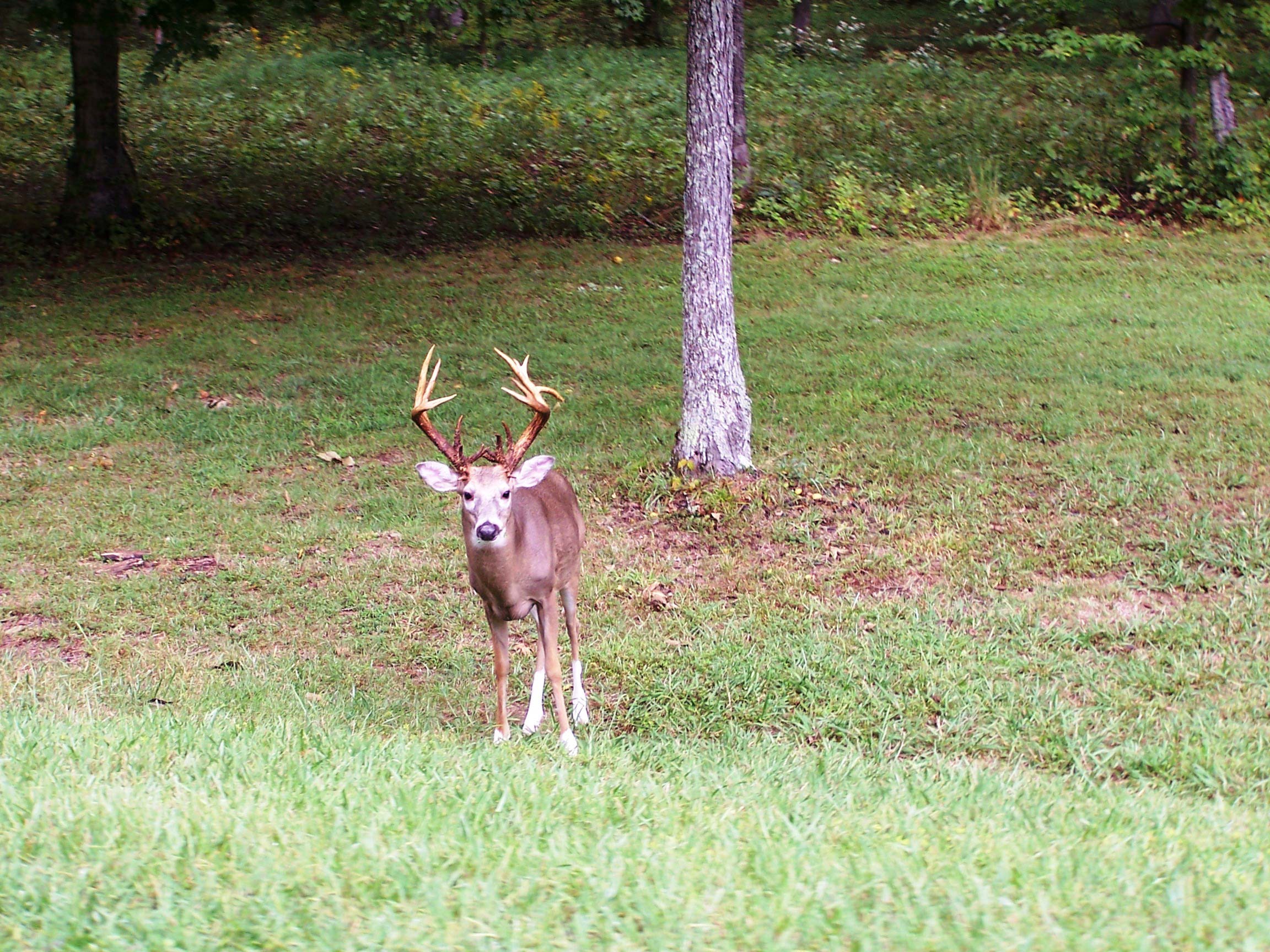
Randolph County, Missouri: The No. 4 typical whitetail was tagged in Randolph County, Missouri, on November 21, 1971. The Larry Gibson whitetail scored 205 inches.
Montgomery County, Pennsylvania: The No. 5 typical whitetail was shot in Montgomery County, Pennsylvania, in 1962. The Frederick Kyress deer scored 204 6/8 inches.
St. Louis County, Missouri: The No. 1 non-typical whitetail was found dead and picked up in Missouri in 1981. The Missouri whitetail scored 333 7/8 inches.
Portage County, Ohio: The No. 2 non-typical whitetail was picked up in Portage, Ohio, in 1940. The Ohio (Hole in the Horn) buck scored 328 2/8 inches.
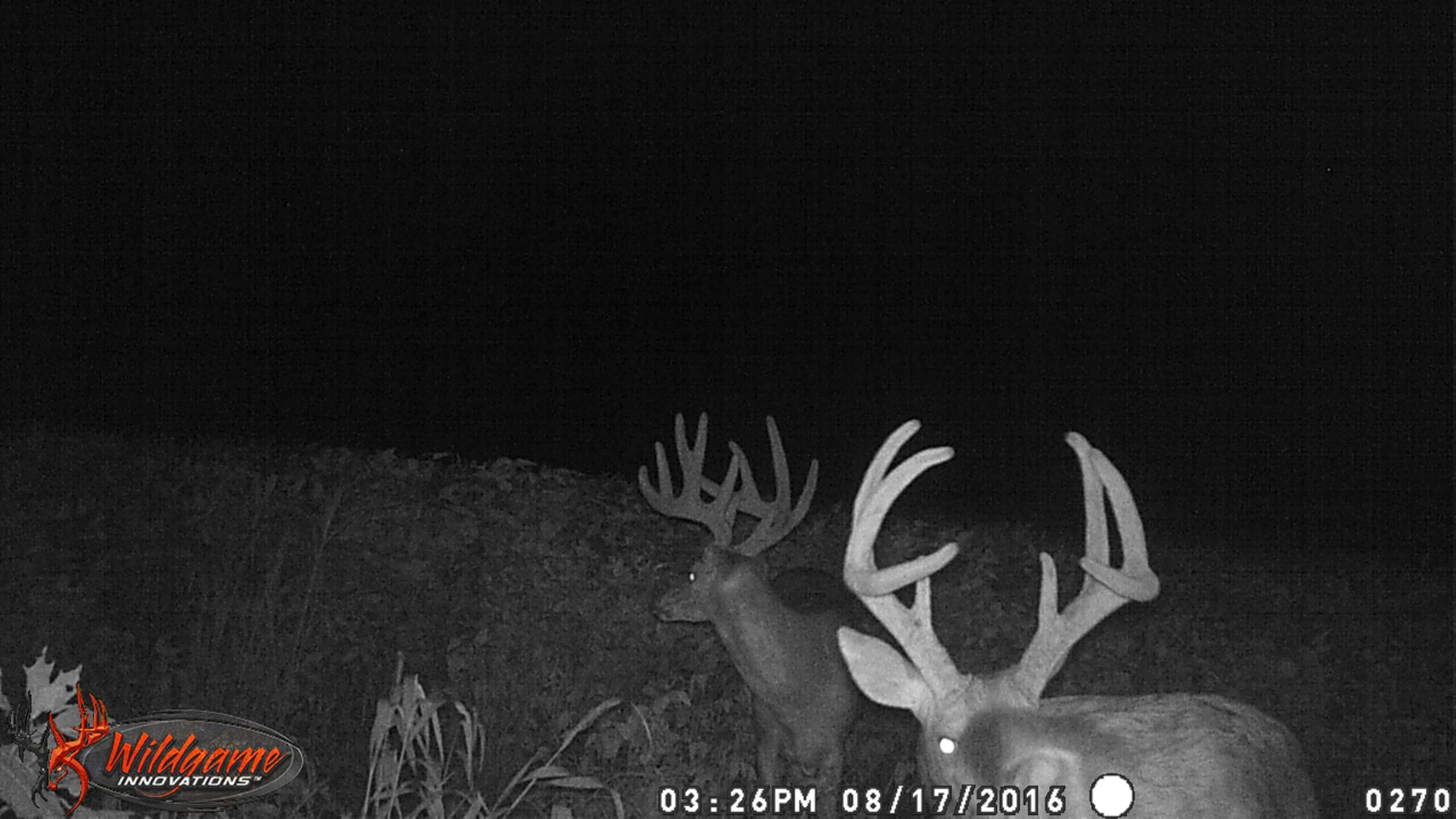
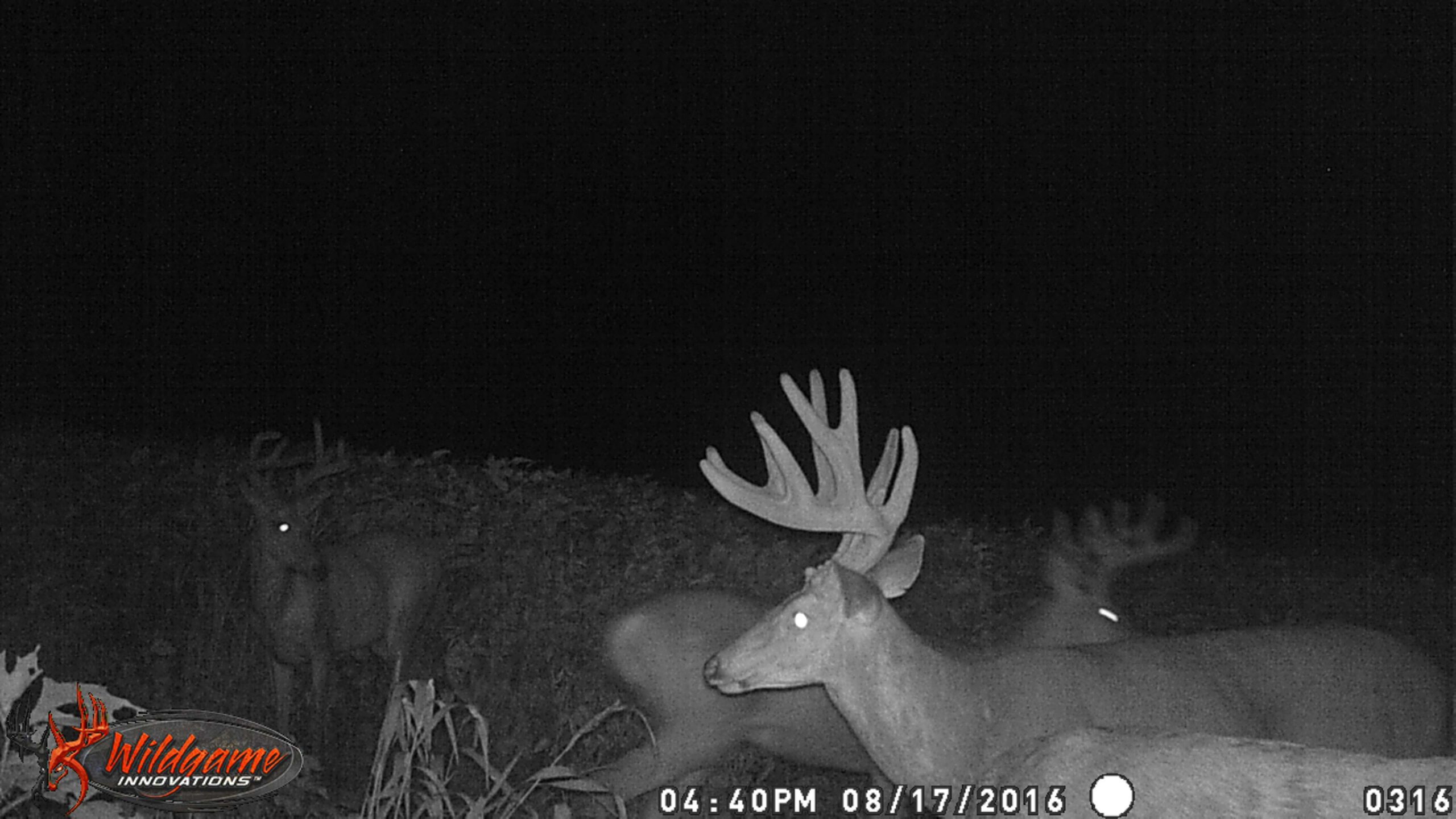
Edgar County, Illinois: The No. 3 non-typical whitetail was harvested in Edgar County, Illinois, on November 2, 2018. The Luke Brewster deer scored 327 7/8 inches.
Chase County, Kansas: The No. 4 non-typical whitetail was killed in Chase County, Kansas, on October 11, 2019. The Brian Butcher buck scored 321 3/8 inches.
Sumner County, Tennessee: The No. 5 non-typical whitetail was shot in Sumner County, Tennessee on November 7, 2016. The Stephen Tucker whitetail scored 315 1/8 inches.
Big Buck Irony
Most deer hunters would assume that the biggest of the big record whitetails would come from some of these high-profile counties with a lot of bucks in the book. While it goes against back-of-the-napkin logic, that isn’t true for almost all the biggest typical and non-typical whitetails. In many cases, each states’ biggest whitetails didn’t come from counties with an abundance of entries.
A jog through the record book shows none of the above counties with typical bucks landing in the top 55. Maverick County, Texas, is the closest one at No. 56. Tom McCulloch shot the 196 4/8-inch deer in December of 1963. Fulton County, Illinois, is right behind it with Roger H. Mann’s 196 3/8-inch deer from November of 2004. At No. 72 all-time, Forest Richardson tagged his Warren County, Iowa, buck in 1989. And at No. 94 all-time, Michael Burgdorf’s 193 1/8-inch Winona County, Minnesota, buck was taken in 2012. Seven others of the above counties landed bucks on the top 200 typicals list, including Warren County, Iowa (a 191 3/8-inch buck from last season at No. 141), Trempealeau County, Wisconsin (a 190 7/8-inch deer from 2021 at No. 151), Fulton County, Illinois (a 190 3/8-inch whitetail from 2012 at No. 172), Maverick County, Texas (a 190 1/8-inch buck from 2020 at No. 180), Otter Tail County, Minnesota (a 190 1/8-inch buck from 2010 at No. 180), Dimmit County, Texas (a 190-inch deer from 1950 at No. 183), and again Trempealeau County, Wisconsin (a 189 7/8-inch whitetail from 1959 at No. 191).


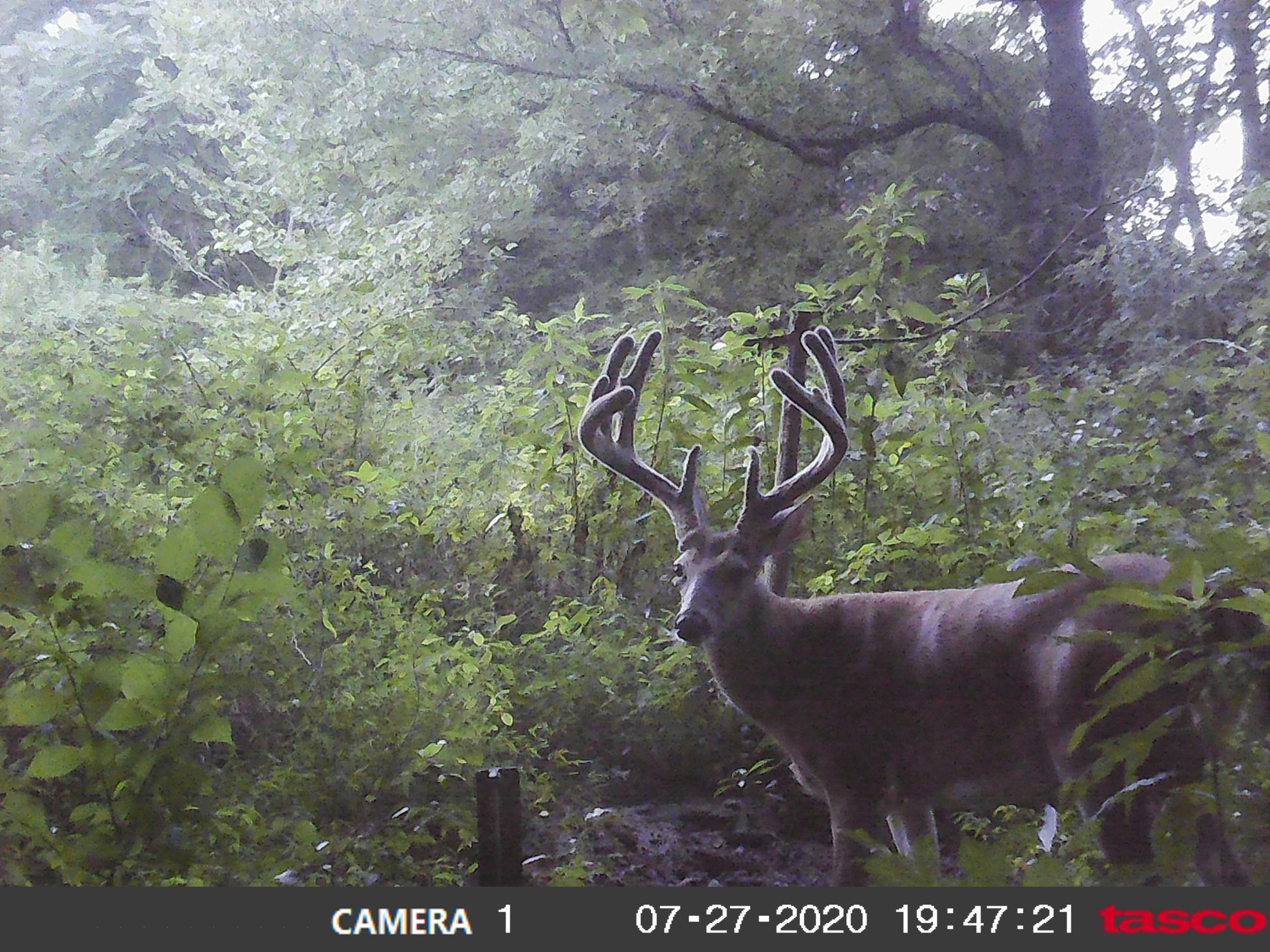
The non-typical list is much the same. However, it climbs higher than the typical roundup. Jerry Bryant’s 304 3/8-inch deer is No. 7 all-time, and No. 2 in Illinois. It was taken in Fulton County, Illinois, on November 15, 2001. Then, it drops all the way down to No. 96 before another of the counties mentioned above hits the top-end of the all-time non-typical list. Elmer F. Gotz’s 253-inch Buffalo County, Wisconsin, buck was bagged on November 18, 1973. Only three others of the above counties make the top 200 non-typical list, including Warren County, Iowa (a 248 6/8-inch buck from 1990 at No. 139), Winona County, Minnesota (a 248 5/8-inch buck from 2014 at No. 140), and Vernon County, Wisconsin (a 247 3/8-inch buck from 1998 at No. 155).
The takeaway? Areas can be very good at consistently producing bucks that meet the record-book requirements. Unsurprisingly, many of these counties also have concentrations of manicured private lands with neighboring co-ops, highly-managed outfitting operations, or both. That said, despite areas acquiring reputations, it is very difficult to produce freakishly big, top-50 bucks that land at the very top of the list. In fact, you can’t. While the necessary ingredients must be present, it’s still a very random thing, indeed.
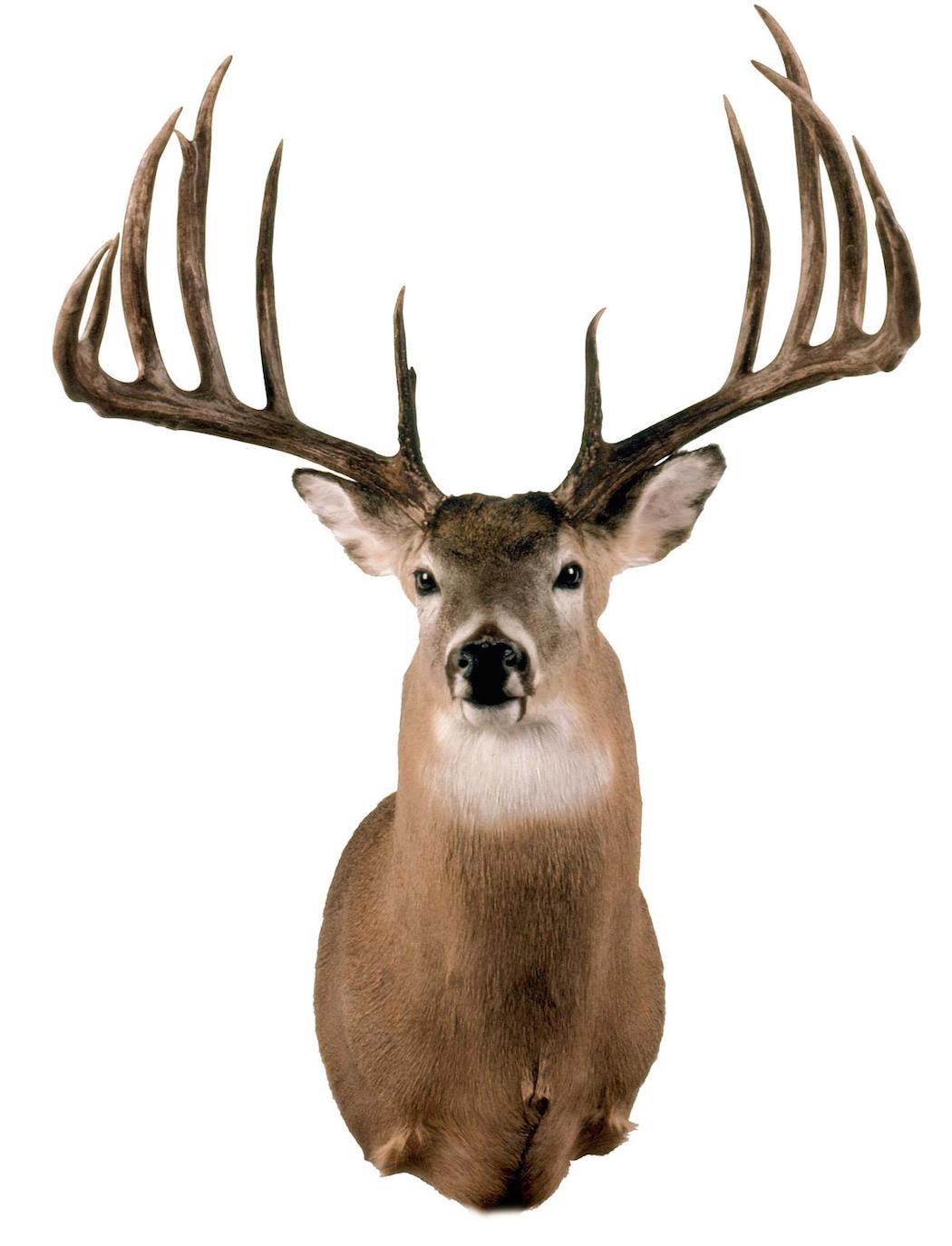
Big-Buck Hotbeds
The primary Kingmaker county list aside, there are numerous regions that tend to produce more Pope and Young and Boone & Crockett whitetails. Some of these are:
- Eastern Kansas
- Eastern Arkansas
- Northeastern Maine
- Northern Idaho
- Northern Illinois
- Northern Minnesota
- Northern Missouri
- Northern Wisconsin
- South-central Georgia
- Southeastern Maryland
- Southeastern Michigan
- Southeastern Nebraska
- Southern Delaware
- Southern Iowa
- Southern Ohio
- Southern Texas
- Southern Wisconsin
- Western Illinois
- Western Indiana
- Western Kentucky
- Western Montana
- Western New York
- Western Wisconsin
Big Buck Genetics
Cole Anderson, a graduate research assistant with the Caesar Kleberg Wildlife Research Institute at Texas A&M University–Kingsville, recently presented research with a lot of incredible data regarding whitetail antler genetics. Some of his important takeaways included:
- Bucks contribute 50% of the antler genetic code.
- Does contribute 50% of the antler genetic code.
- Overall antler scores are approximately 30-40% heritable from parents to offspring.
- Larger bucks are more likely to produce above-average antlers in offspring.
- Big bucks can sire small-antlered offspring.
- Tine length is the most heritable antler trait at 49%.
- Spread measurement is the least heritable antler trait at 5%.
- Sires see a 50-inch separation spectrum average in their offspring’s antler scores.
- Offspring antler score separation spectrums can be as wide as 100 inches.
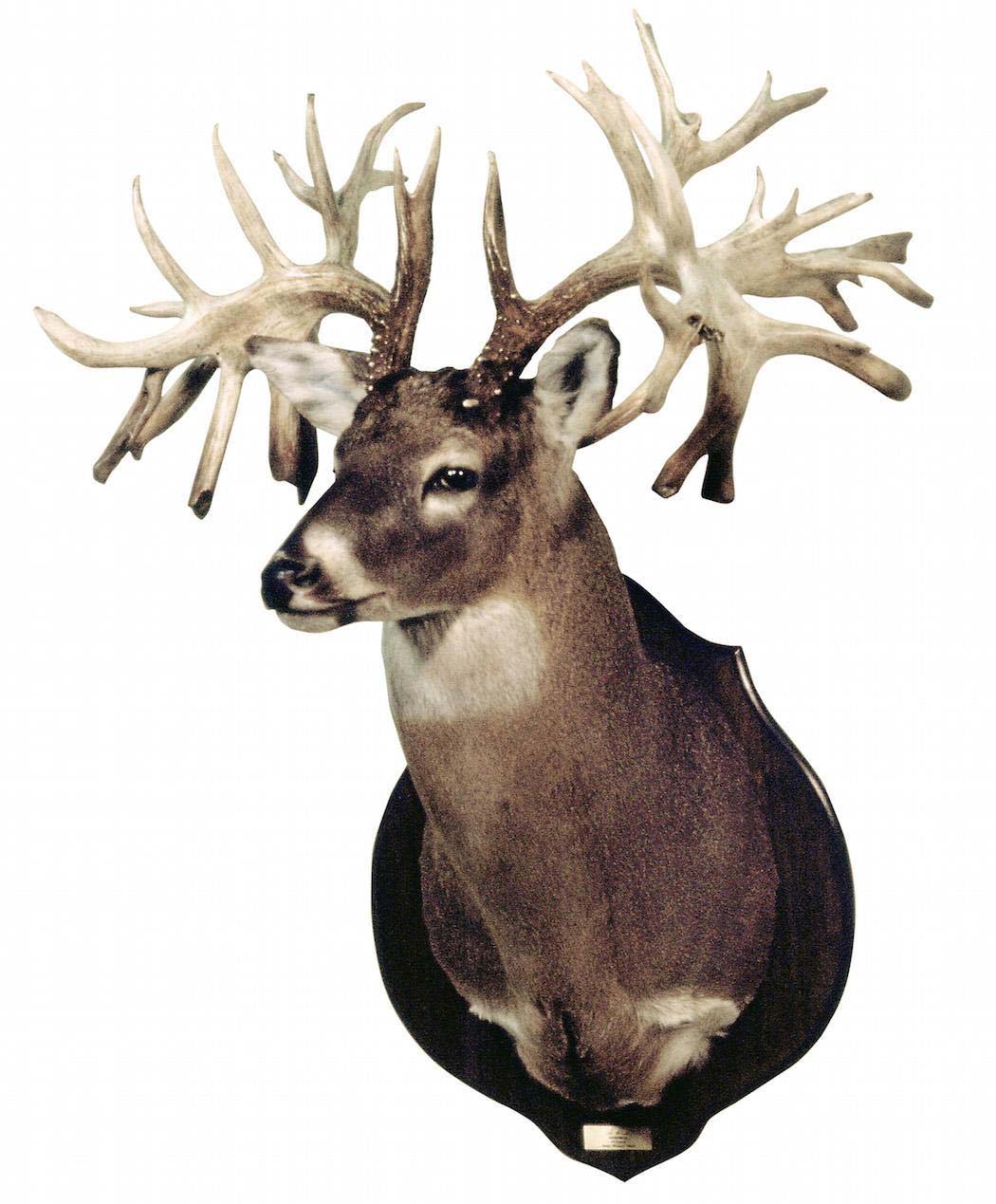
Velvet Fast Facts
Whitetail antlers are fascinating, and there are many interesting things that surround velvet, including:
- Velvet is the fastest growing known tissue in the world.
- The velvet process begins at the pedicle, and antlers push outward from there.
- Antlers grow in spurts, not at a consistent, gradual pace.
- If a velvet antler is damaged while growing, it will likely throw some non-typical junk.
- Small fibers in the velvet allow bucks to feel with their antlers until the velvet sheds.
- The brain uses the hair-like fibers to map their headgear. The size and shape imprints, helping them to navigate through tighter areas even after the velvet is gone.
- Rising testosterone is the primary trigger for shedding velvet.
Per our affiliate disclosure, we may earn revenue from the products available on this page. To learn more about how we test gear, click here.


